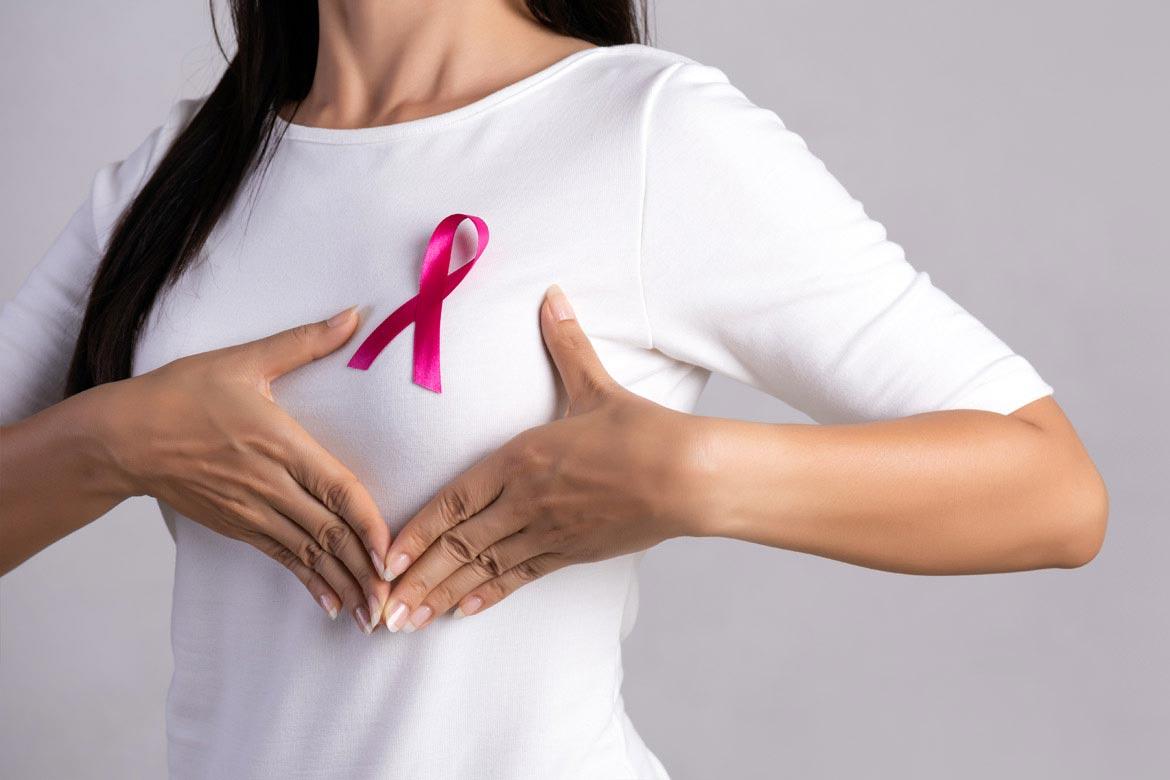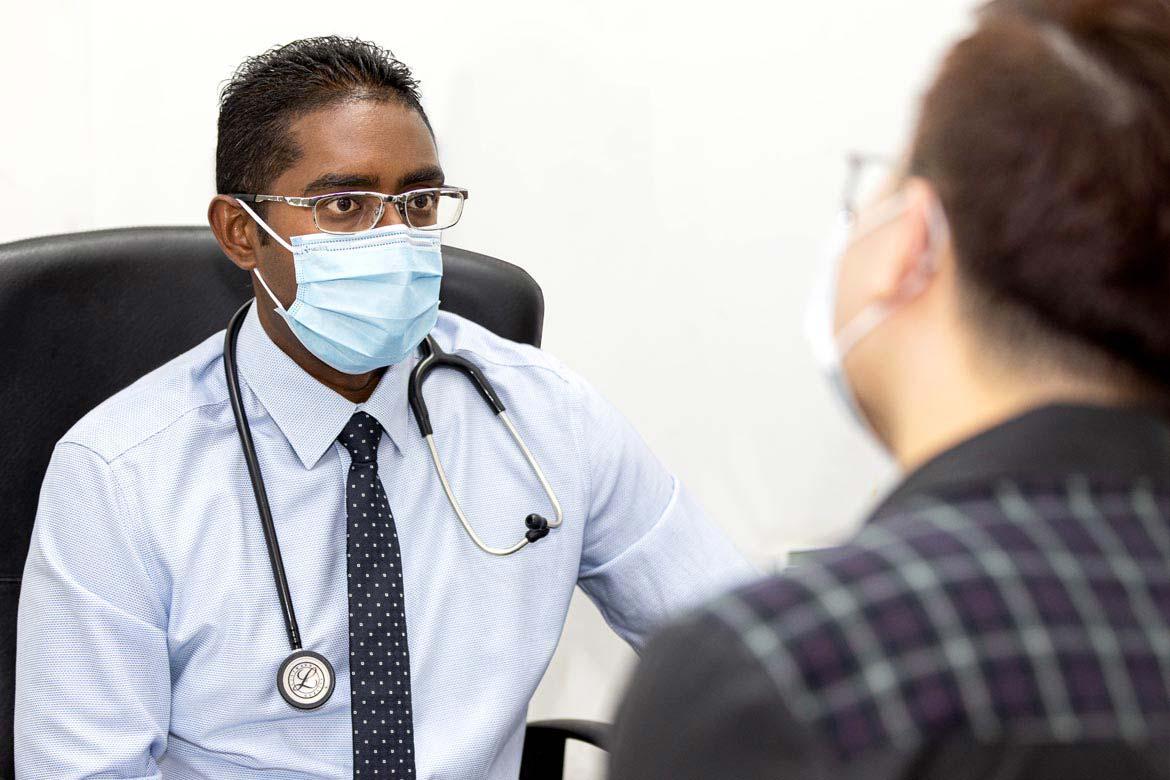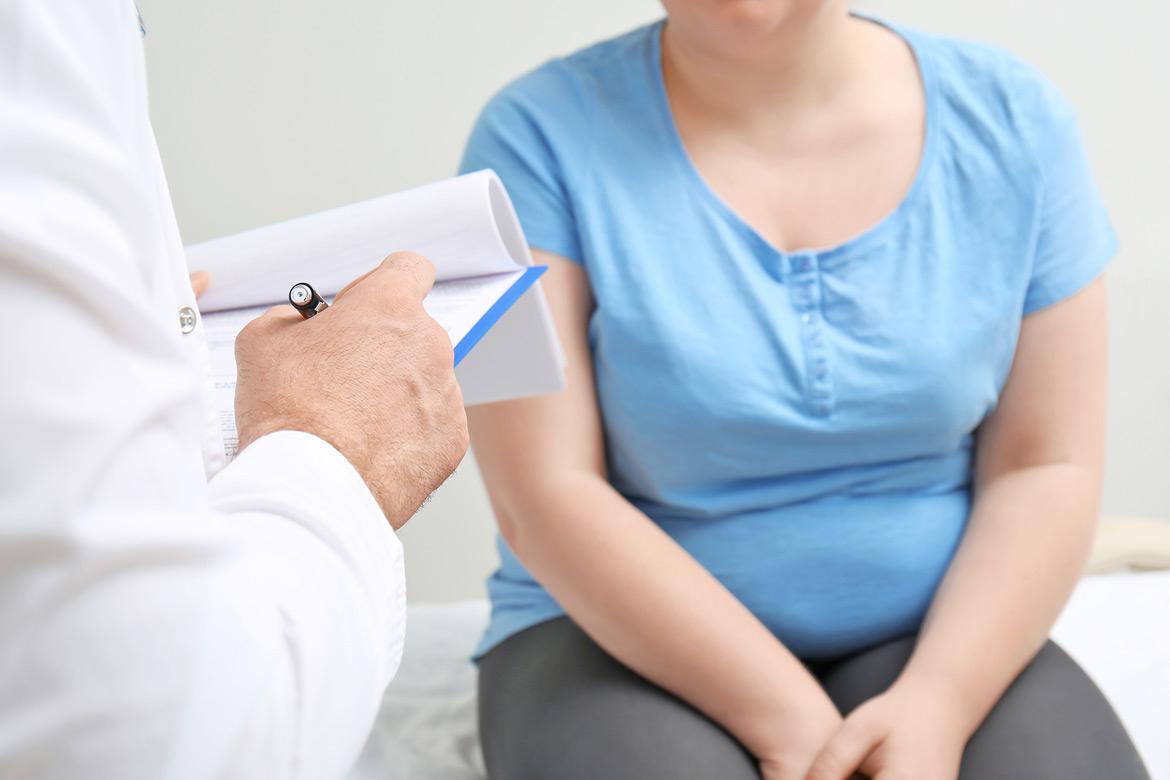Health Plus articles
From Stomach Bleed to Liver Cancer: Mdm Chua’s Care Journey
Mdm Chua Ching Moi’s vomiting episode revealed bleeding in her stomach, and later liver cancer. Her recovery journey reflects her positive spirit, and the power of coordinated care.
Meet Our People: Dr Tan Ek Khoon, General Surgeon
Dr Tan Ek Khoon is a general surgeon who specialises in two of the most demanding areas of surgery: liver transplantation – including living donor liver transplantation (LDLT) – and complex hepato-pancreato-biliary (HPB) surgery for cancers and conditions of the liver, pancreas, bile duct and gallbladder.
Is Your Breast Lump Cancerous? Identifying Types and Symptoms
Worried about that strange lump on your breast? We delve into its most common causes.
What Are Minor Surgeries And When Are They Required?
Find out more about minor surgeries and when they may be necessary.
How to Eat Well for Post-Surgery Recovery
Nutrition plays an important role in your recovery after surgery. Knowing what foods to eat after going for an operation may help to improve and speed up your healing process.
Metabolic Surgery for Diabetes: Frequently Asked Questions
Metabolic surgery is shown to cure metabolic diseases such as type 2 diabetes.










